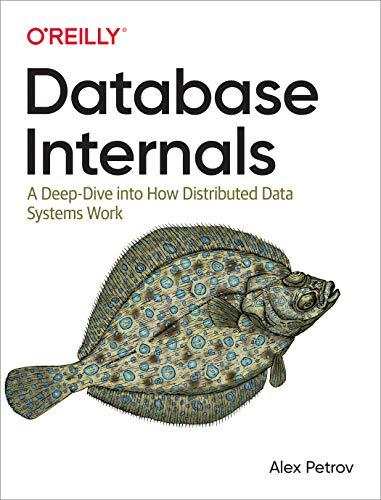Answered step by step
Verified Expert Solution
Question
1 Approved Answer
Perception learning algorithm implementation ( referring to week 4 ' s tutorial page 1 6 ) via Python ( Copy your python program to the
Perception learning algorithm implementation referring to week s tutorial page via Python Copy
your python program to the answer sheet Consider a perception in a twodimensional case
a Generate a linearly separable data set of size Plot the examples as well as the target
function on a plane. Be sure to mark the examples from different classes differently and add labels to
the axes of the plot.
b Run the perceptron learning algorithm on the data set above. Report the number of updates that
the algorithm takes before converging. Plot the examples the target function and the final
hypothesis in the same figure. Comment on whether is close to
c Repeat everything in b with another randomly generated data set of size Compare your results
with b
d Repeat everything in b with another randomly generated data set of size Compare your
results with b
e Modify the algorithm such that it takes instead of Randomly generate a linearly
separable data set of size with and feed the data set to the algorithm. How many
updates does the algorithm take to converge?
f Summarize your conclusions with respect to accuracy and running time as a function of and
where is the size of data set and is the data dimension.
Hints:
One way to generate a linearly separable data set: first set your own target function, then keep
randomly generating data points and put each of them in the positive or negative class based on the
relation between the data point and the target function.
numpy.random.randintlow sizedim: return random integers from the discrete uniform
distribution of the specified dtype in the halfopen interval low The output shape is Ndim
numpy.random.choice sizeNone, replaceTrue, None: generates a random sample from a
given D array.
Some functions from Python package Matplotlib that may be useful: matplotlib.pyplot.xlabel, mat
plotlib.pyplot.ylabel, matplotlib.pyplot.legend.
It is better to define some functions for perceptron experiments that can be reused in subquestions.
Step by Step Solution
There are 3 Steps involved in it
Step: 1

Get Instant Access to Expert-Tailored Solutions
See step-by-step solutions with expert insights and AI powered tools for academic success
Step: 2

Step: 3

Ace Your Homework with AI
Get the answers you need in no time with our AI-driven, step-by-step assistance
Get Started


